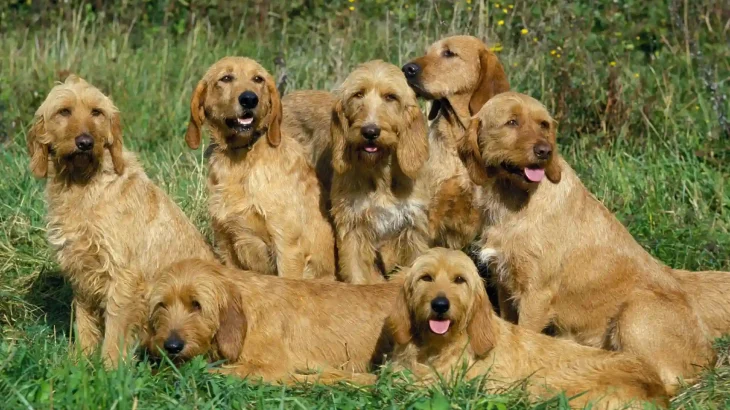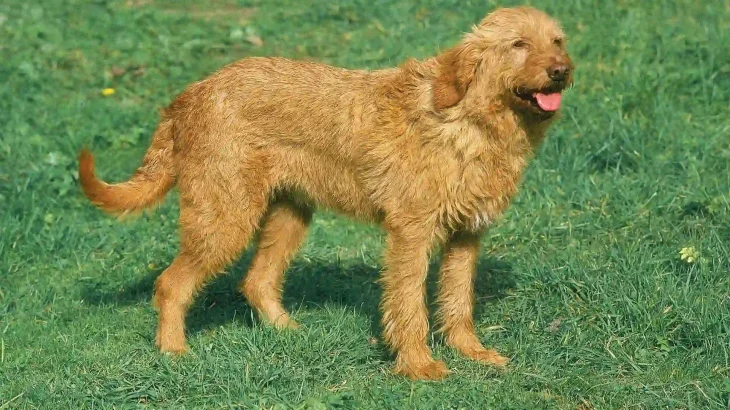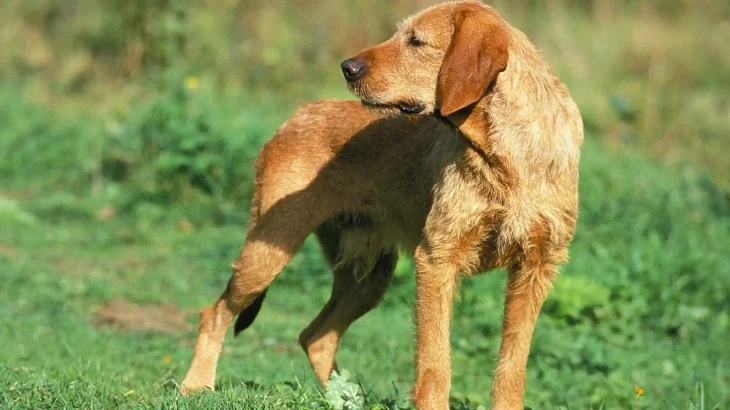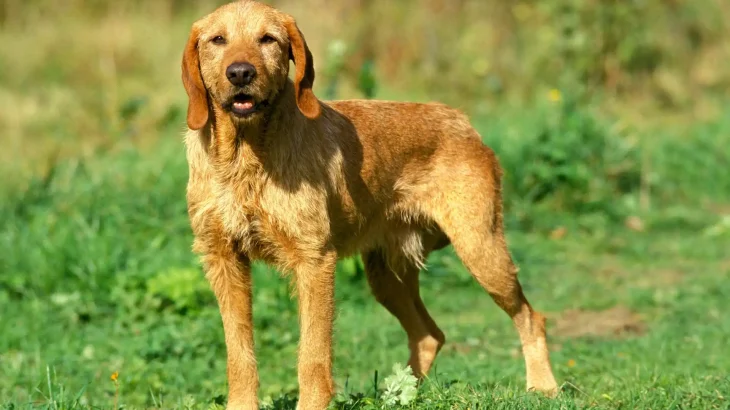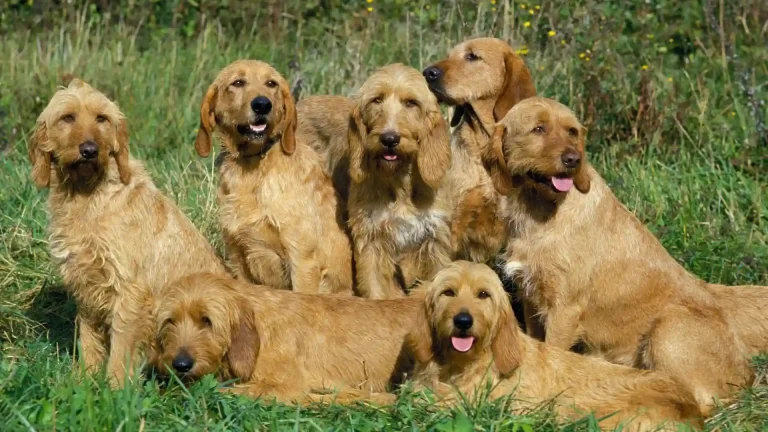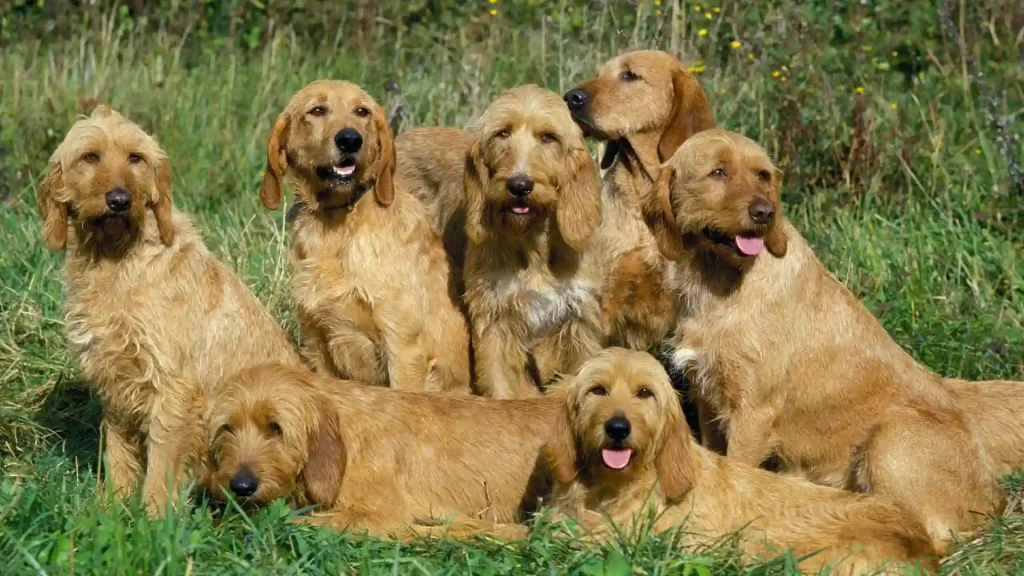Deciding between adopting or purchasing a Griffon Fauve de Bretagne puppy involves weighing predictability against opportunity. Buying from a breeder often means access to detailed health and pedigree information, while adopting gives a chance to provide a loving home to a dog who may not have a clear background but truly needs one.
| Criteria | Buying from Breeder | Adopting from Shelter/Rescue |
|---|---|---|
| Cost | Higher initial cost (around $3,500) reflecting breed rarity and health guarantees. | Generally lower fees, more affordable way to bring a Griffon Fauve de Bretagne home. |
| Health History | Comprehensive health and genetic history; breeders screen for hereditary issues. | Health background may be limited or unknown; basic health checks usually done. |
| Age Availability | Primarily puppies, allowing for early training and socialization. | Wider age range, including adults. |
| Temperament Insight | Breeder provides insight into expected temperament based on lineage. | Temperament observed by shelter staff but full history may be missing. |
| Supporting Practices | Supports breed preservation through ethical breeding programs. | Supports animal welfare by rescuing dogs and reducing overpopulation. |
| Breed Purity & Pedigree | Clear pedigree and certainty of purebred status. | Mixed or unknown lineage more common, except in breed-specific rescues. |

